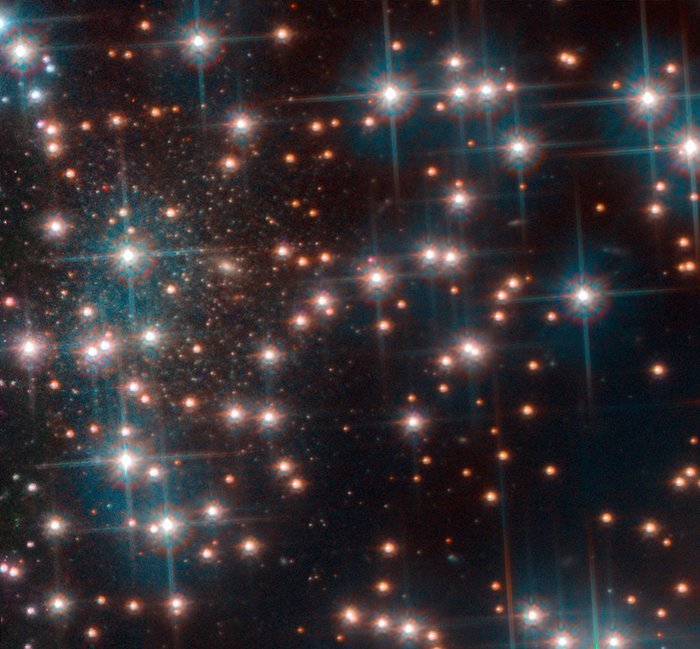
The world
Andromeda is our neighbor par excellence. The closest of the big galaxies. But in the vicinity of the Milky Way there are dozens of galaxies, much smaller, and one of them – located 30 million light years from Earth – has just been discovered by the Hubble Space Telescope.
It has been named Bedin 1, it is considered a dwarf galaxy and very old, as astronomers estimate that it was formed about 13,000 million years ago. That means that it is almost as old as the Universe (it is believed that the Big Bang took place about 13,700 million years ago).
Because of this, and because it is isolated – two million light years separate it from its larger neighbor galaxy, NGC 6744 – it is considered a fossil of the early stages of the Universe. The details of the discovery are published in the Monthly Notices of the Royal Astronomical Society: Letters.
The NASA telescope and the European Space Agency (ESA) detected it when it was pointing to a large set of stars (the globular cluster NGC 6752) at the request of an international group of scientists studying the white dwarf stars of that region. The images were taken with the Advanced Camera for Surveys instrument.
When analyzing the photographs and analyzing the brightness and temperature of these stars determined that a set of them did not belong to that cluster (which is part of the Milky Way), but were much more distant, concluding that they were before a miniature galaxy unknown They have classified it as a spherical dwarf because it occupies an extension of only 3,000 light years, which means a diameter approximately 30 times smaller than that of the Milky Way, and much less luminous.
Spherical dwarf galaxies are characterized by their small size, low luminosity, lack of dust and very old stars. More than 30 are known, of which 22 are considered satellite galaxies of our Milky Way. However, astronomers consider that Benin 1 is special because of its age and how isolated it is, which means it has had few interactions with the galaxies in its environment.
Due to the low light they emit, these galaxies are difficult to detect. Astronomers hope that with the help of cameras from future telescopes such as WFIRST, which will cover areas of the sky wider than Hubble, they will be able to find more galaxies of this type in our neighborhood.
The lower image is formed from telescope observations of the ‘Digitized Sky Survey 2’ project and shows the globular cluster NGC 6752. In the upper right box, the region observed by the ‘Hubble’. In the box on the left, the dwarf galaxy Bedin 1. ESA / HUBBLE / NASA